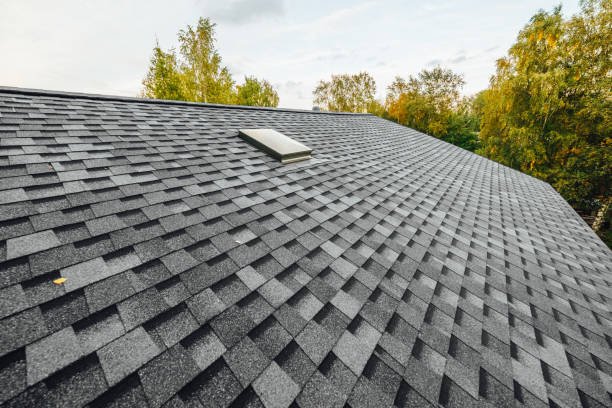
roof inspections
Key Takeaways:
· Importance of conducting roof inspections after a storm.
· Critical steps in a roof inspection process.
· Common issues identified during inspections.
· How can timely inspections prevent costly repairs?
· Benefits of professional roof inspection services.
Table of Contents:
1. Introduction
2. Importance of Post-Storm Roof Inspections
3. Critical Steps in the Roof Inspection Process
4. Common Issues Identified During Inspections
5. Preventing Costly Repairs
6. Benefits of Professional Roof Inspections
7. Conclusion
Introduction
Storms can wreak havoc on your home’s roof, leading to potential damage that might not be immediately visible. Conducting roof inspections after a storm is a crucial step that can save you money and prevent extensive damage in the long run. This article delves into the importance of roof inspections, critical steps, and how they can ultimately save you money.
Importance of Post-Storm Roof Inspections
After a storm, it’s vital to assess the condition of your roof. Neglecting potential damage can lead to more severe problems down the line. Conducting an inspection can help identify issues such as missing shingles, leaks, and structural damage. Companies like Sure Roofing and Siding offer professional services that ensure a thorough and accurate assessment of your roof’s condition, helping you catch minor problems before they escalate.
Critical Steps in the Roof Inspection Process
A comprehensive roof inspection involves several key steps to identify and address all potential issues.
1. Visual Inspection: Start with visually inspecting the roof from the ground. Look for noticeable signs of damage, such as missing shingles, cracks, and dents caused by debris.
2. Check for Leaks: Inspect the interior of your home for signs of leaks, such as water stains on the ceiling or walls. This can indicate damage to the roof’s underlayment.
3. Inspect Gutters and Downspouts: Check the gutters and downspouts for clogs and damage. Debris from a storm can accumulate and block water flow, leading to potential water damage.
4. Examine Roof Vents: Roof vents can also sustain damage during a storm. Ensure they are secure and not obstructed.
5. Professional Inspection: Consider hiring a professional roofing service to conduct a detailed inspection. Experts can identify underlying issues that may not be visible to the untrained eye, such as damaged roofing materials and underlayment.
Common Issues Identified During Inspections
- Roof inspections often reveal various issues that, if addressed, can lead to more significant problems and costly repairs. Some common issues include:
- Missing or Damaged Shingles: High winds and hail can dislodge or damage shingles, leaving your roof vulnerable.
- Leaks: Water intrusion is a common problem after storms and can cause significant structural damage if not addressed promptly.
- Roof Hail Damage: Hail can cause dents and cracks in shingles, which may lead to leaks. If you suspect hail damage, conducting an inspection or seeking roof hail damage services is essential.
- Structural Damage: Fallen branches or heavy debris can cause structural damage to the roof, compromising its integrity.
- Clogged Gutters and Downspouts: Debris from a storm can block gutters and downspouts, leading to water accumulation and potential damage.
Preventing Costly Repairs
Timely roof inspections can prevent minor issues from turning into significant problems, saving you money and preserving your roof’s integrity. By addressing leaks and missing shingles early on, you can avoid more extensive damage requiring costly repairs or a complete roof replacement.
Moreover, a well-maintained roof enhances your home’s value and energy efficiency. By ensuring your roof is in optimal condition, you can prevent heat loss during the winter and maintain a more relaxed home in the summer, reducing energy bills.
Benefits of Professional Roof Inspections
While DIY inspections can be beneficial, professional roof inspections offer several advantages:
- Expertise: Professional inspectors have the training and experience to identify hidden issues that may not be visible to the untrained eye.
- Safety: It can be risky to scale a roof. Professional inspectors are equipped with the right tools and know how to do inspections safely.
- Thoroughness: Professionals can conduct a more exhaustive inspection, ensuring all potential issues are identified and addressed.
- Documentation: Inspection reports provide valuable documentation that can be used for insurance claims or when selling your home.
Investing in professional roof inspections ensures that your roof is in good condition and that any issues will be addressed promptly.
Conclusion
In conclusion, roof inspections after a storm are crucial in maintaining your home’s integrity and preventing costly repairs. By conducting thorough inspections and addressing issues early on, you can save money and extend the life of your roof. Whether you choose to perform a DIY inspection or hire professionals, taking action promptly can help ensure your roof remains in optimal condition and continues to protect your home for years to come.